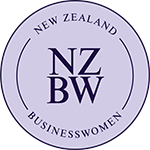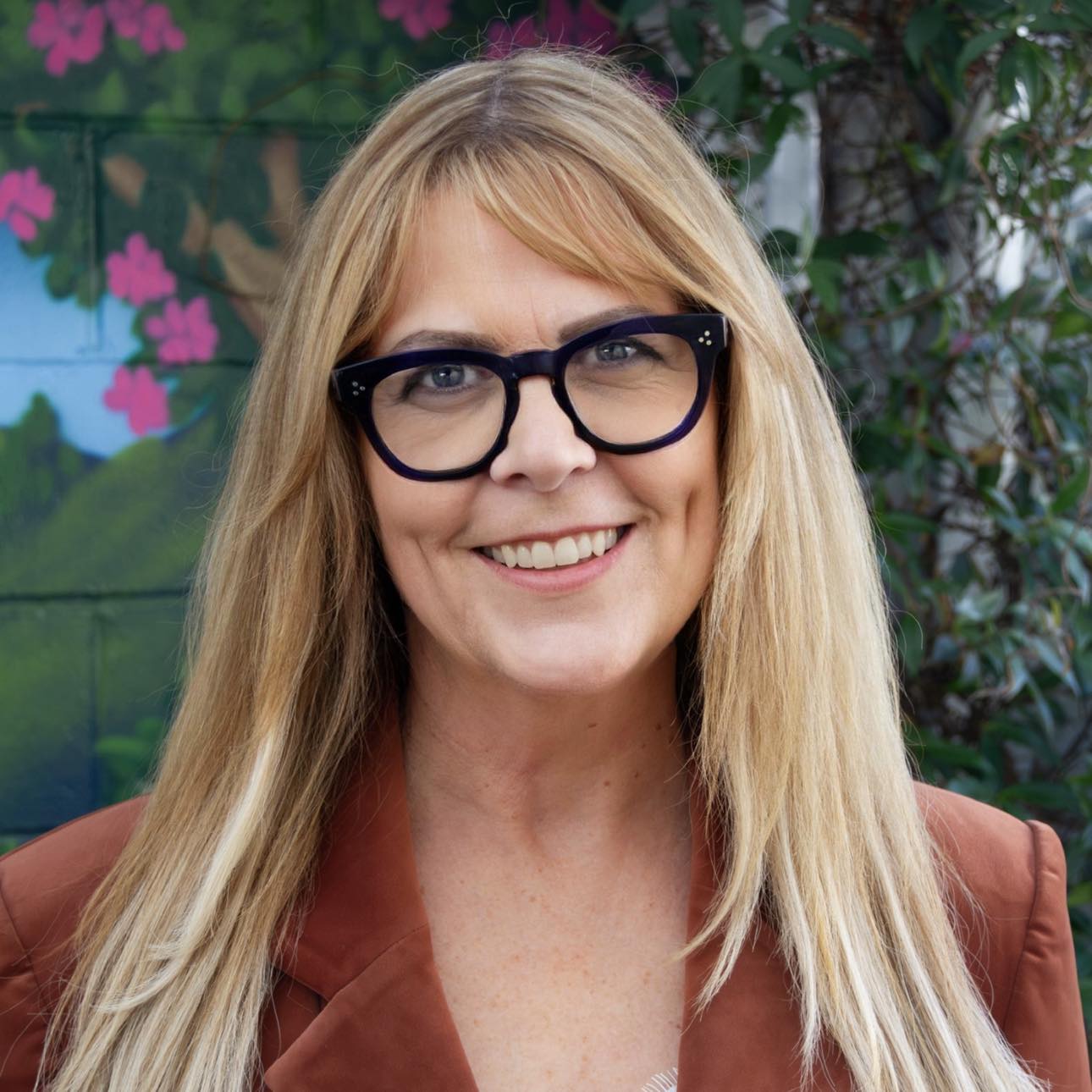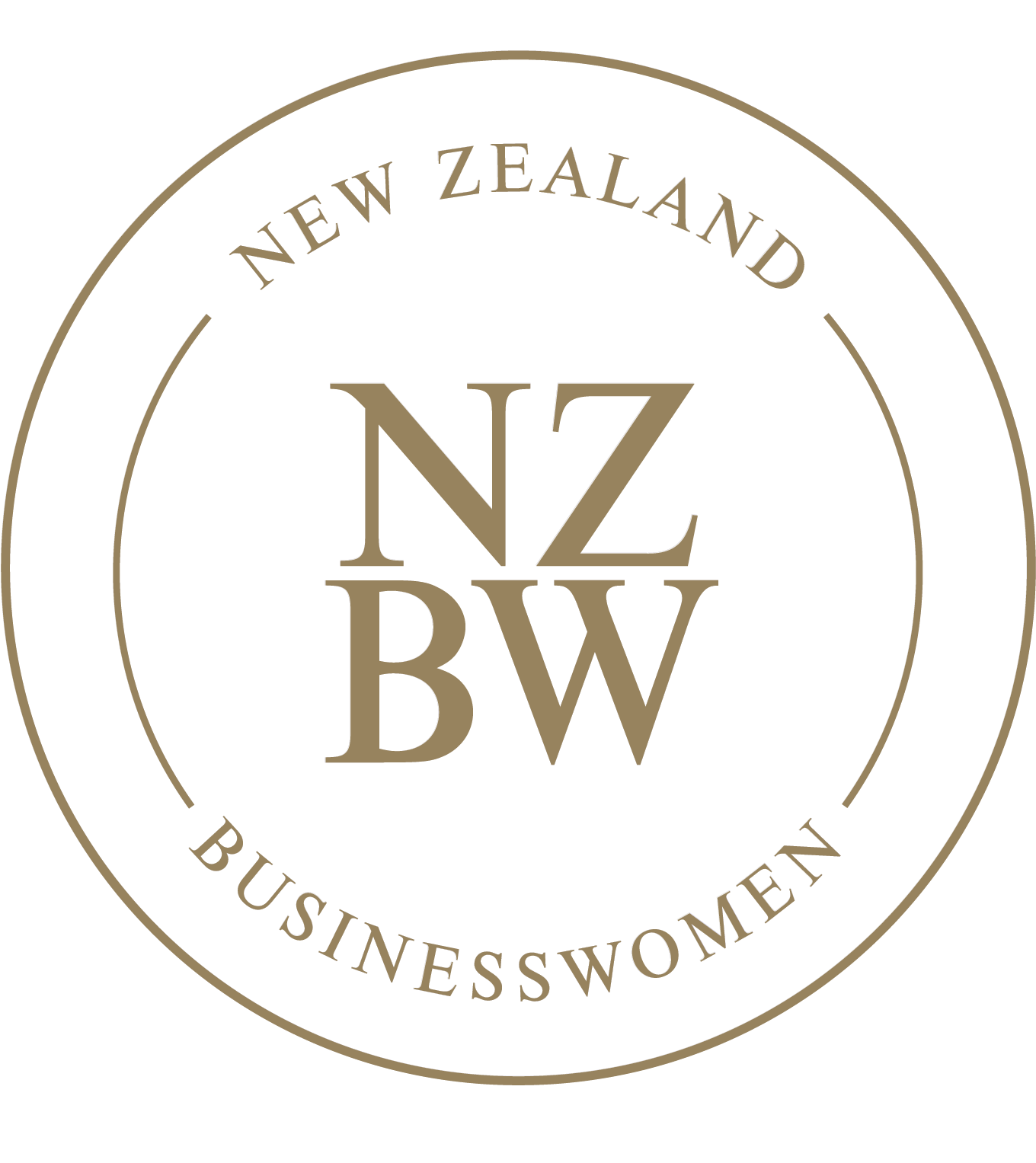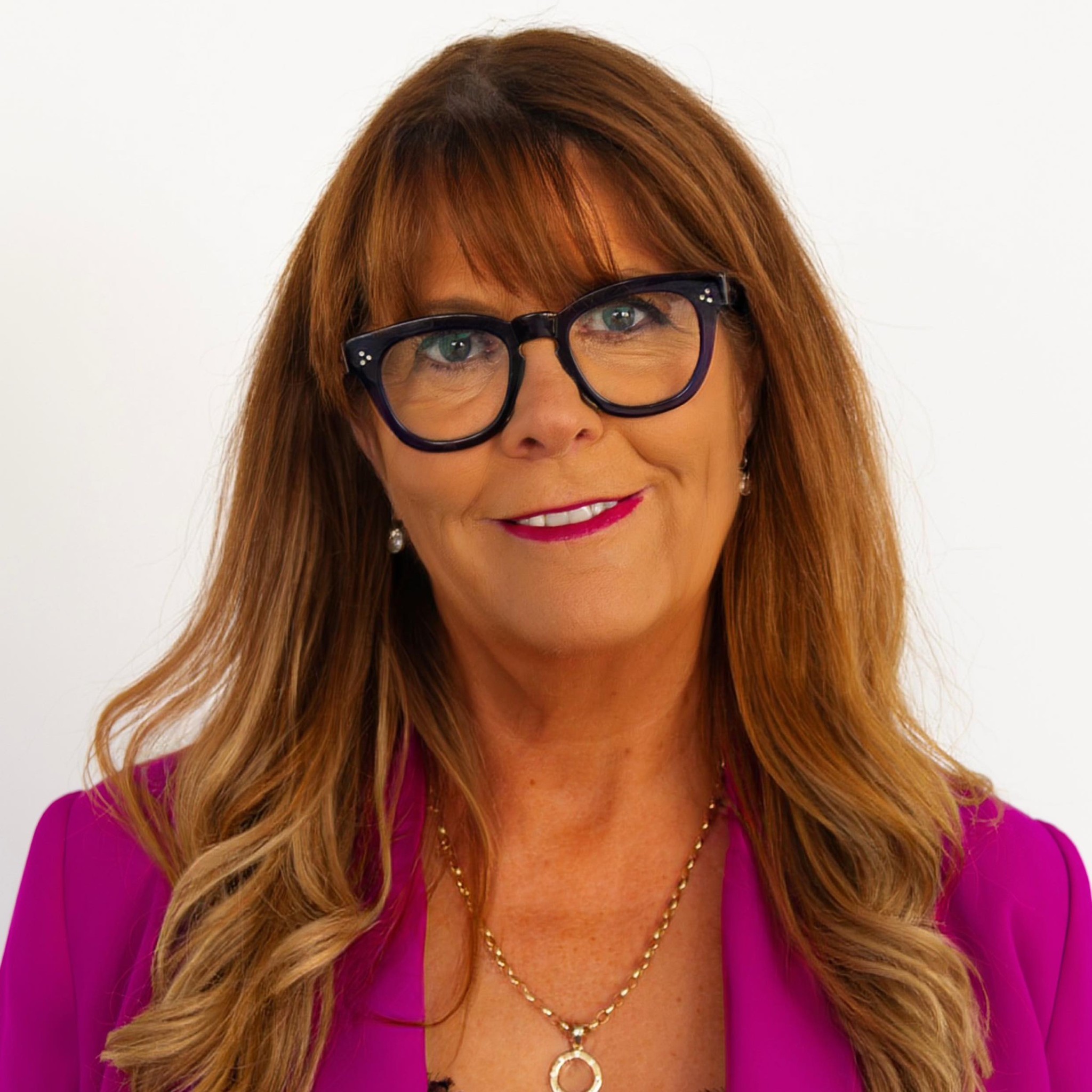
Meeting Topic
3 Key Elements of a Robust Marketing Strategy By Teresa Ma’aelopa
Introduction
Many of us invest more time and energy into planning our next holiday than we do in planning our marketing strategy for our business. However, sorting out your strategy for EFFECTIVELY reaching your target market can be the thing that makes or breaks your business results! In the following article, contributed by Teresa Ma’aelopa, you’ll discover the 3 key elements of a robust marketing strategy.
3 Key Elements of a Robust Marketing Strategy By Teresa Ma’aelopa
When you think about marketing, you think about social media, Google ads, websites, magazines and all of those tactical marketing channels you use to promote your product or service to your customer. There is an element that should come before these marketing tactics that could make or break the effectiveness of your marketing.
A marketing STRATEGY!
Crafting a successful marketing strategy involves an in-depth understanding of your target audience, awareness of your point of difference, and a strong brand positioning.
Defining Your Target Market
At the heart of any marketing strategy lies the need to understand who your audience is. This step allows you to tailor your messaging, channel selection and product/service development to resonate with the needs and preferences of your audience.
As a minimum, you need to understand your target audience’s mindset, problems, pain points, and moments that matter, i.e. what brings them joy. This allows you to understand how you add value to them – referred to as your customer value proposition.
Understanding Your Point of Difference
In a crowded market, standing out is imperative. This is why understanding your point of difference is so important. Your point of difference sets your product and service apart from competitors. Identifying and articulating your point of difference will help customers choose you.
This process involves a comprehensive analysis of your competition, understanding what they offer and how they position themselves. Comparing this analysis to your own offer and position will then help you to understand what your point of difference is.
Highlighting your strengths – whether through product innovation, superior quality, exceptional service, pricing, problem solving, or a combination of factors – helps you carve a distinct identity in the market. This uniqueness should be the cornerstone of your marketing messages.
Establishing Your Brand Position
Brand positioning involves the deliberate effort to occupy a distinct place in the minds of your target audience. It encompasses how you want your audience to perceive your brand in relation to competitors.
Consistent messaging, storytelling and visual identity play a crucial role in influencing your customers. This consistency must occur across all touchpoints. If even one touchpoint is out of alignment, it creates mistrust, and your brand feels unauthentic.
This messaging and storytelling should align with your values, as it is your values that drive your behaviour and therefore dictate the experience your customers have. Being true to your values is important as you will need to be able to provide evidence such as testimonials to be able to convince potential customers who have not experienced your product or service.
A robust marketing strategy revolves around these three core elements – 1. defining your target audience, 2. understanding your point of difference and 3. establishing your brand position. Each element is interconnected, forming a cohesive framework that guides your activity and messaging to ensure it resonates with customers. Taking the time to address each of these elements lays the foundation for a successful and impactful marketing strategy.
If you’d like to know how Teresa supports her clients to create impactful marketing strategies, visit her website: http://www.marketingarchitect.co.nz/
Next Meeting Topic
Introduction
Have you ever felt that being self-employed can be a handbrake to accessing the money you need to buy that next home? Well, rest assured that it’s not impossible, just a bit different! In the article below, Clarie Williamson educates us on what we need to know before going to the bank with our hand out for that next mortgage.
Successful Mortgage Applications When Self-employed
Being self-employed is a great option for many people and can give freedom in a lot of areas of life. It can also mean a few more challenges, and a question which comes up often in business circles is how to make the most of your income when applying to borrow money for a home purchase.
There are a few key things to think about and have ready to discuss with your bank or mortgage adviser.
How do banks establish what I earn?
When a person is self-employed, the bank will use your “tax paid income” which is the money left over once your expenses are paid and is the income which is returned to the IRD.
This is quite different from turnover, or your “gross profit” as it accounts for the expenses you incur as a direct result of doing business. For many small business owners, the line between personal and business expenses can be blurred, but as a rule of thumb, if you have claimed the expense as a business expense, it will be deducted as such to obtain your” tax paid income”.
Generally, the higher your tax paid income, the higher the lending amount the bank may be able to offer you.
What do I need to provide the bank?
Most banks will require business financials (prepared by your accountant), for at least the past 12 months and ideally the past 2 years.
If you’re halfway through a new financial year, expect to be asked for profit and loss statements (P&Ls) or similar, which are usually downloadable from your accounting software programme.
If you are an independent contractor and you don’t get financials prepared, your IRD Tax Summaries will confirm what income you are paying tax on. These can be downloaded from the IRD website and supplied as evidence of income.
What if I’m newly self-employed?
Often this depends a lot on your career trajectory until this point in time. Banks will carefully consider the risk that your income could be affected or reduced, and will look for patterns to ensure you’ll have sufficient income to meet your financial commitments.
If you have been in a similar industry prior to moving into a contractor role (this is common for trades or professional services), often the bank will be happier with shorter term tenure as a contractor if one client company can commit to a certain number of weekly hours via a written contract.
With newer businesses, non-bank lenders can be more helpful, especially if you have a large deposit or significant property equity. These vary significantly in their offerings but generally require more security (cash, property or collateral of some kind) and charge a higher interest rate and fee for service.
Be sure to check terms & conditions carefully; and make a clear plan for when you’ll be able to satisfy requirements of a standard bank, where you’ll be eligible for better rates and longer-term certainty.
While it may be a little more involved to borrow money when you’re self-employed, it’s most definitely not impossible, just a little different.
Involving experts like your accountant, mortgage adviser and/or banker and being armed with the right information will ensure success and your new property will be just around the corner!
To find out more about Claire and how she helps her clients, check out her website: https://www.mymortgage.co.nz/
 Print This Post
Print This Post




